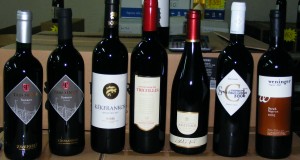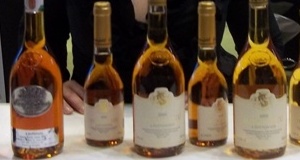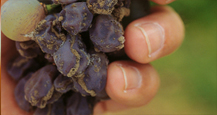Pannonhalma is one of the smallest wine regions in Hungary with the longest wine-making tradition. Grapes have been grown on the eastern and south-eastern slopes of the Pannonhalma hills, also known as the Sokoro hills, since Roman times. The first written documents date back to 1002, when the Benedictine monks founded their first monastery. They went on to convert Hungarians, establish the first school, write the first Hungarian language document (in 1055), and cultivate vine on the nearby slopes. Ever since, the Pannonhalma Abbey Winery has been one of the major winemakers in the region.
Moderately cold winters and warm summers with lots of sunshine in the Pannonhalma Wine Region mostly favour the production of fragrant white wines. The most characteristic soil of the region is loess. In addition to the quality white wines produced in the region, the Pannonhalma Abbey Winery also makes red wines.
Registered vine-yards consist of 650 hectares cultivated by about 500 wine-growers.
The most grown variety in the region is Olaszrizling (Welshriesling), taking up taking up approximately 30% of the land followed by Tramini which accounts for approximately 8% of production.
Wineries:














